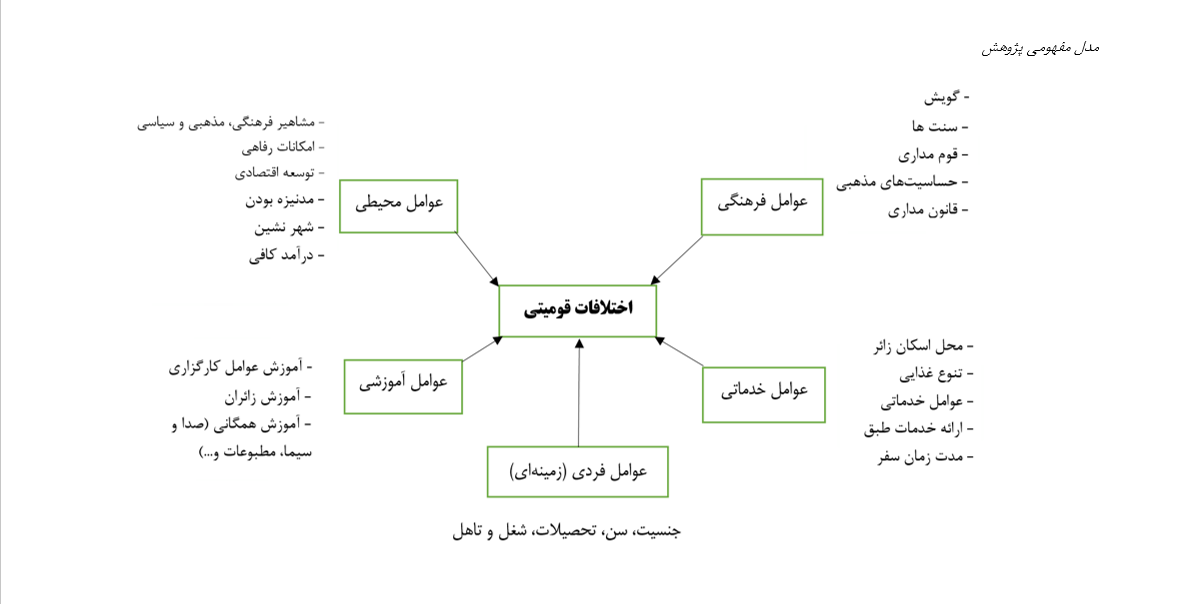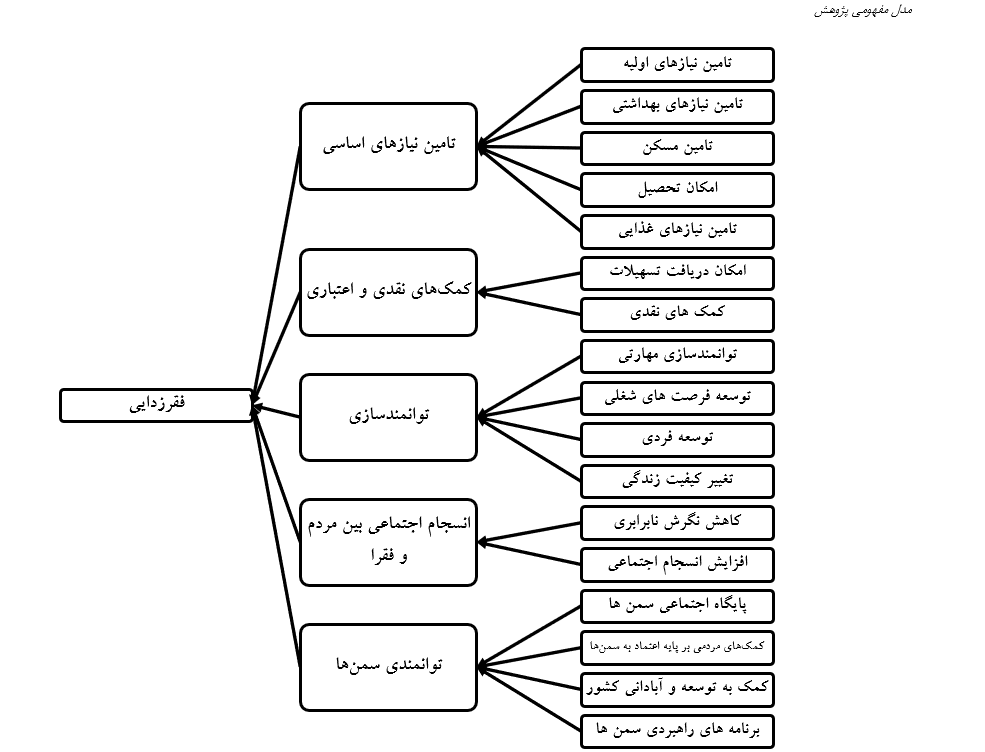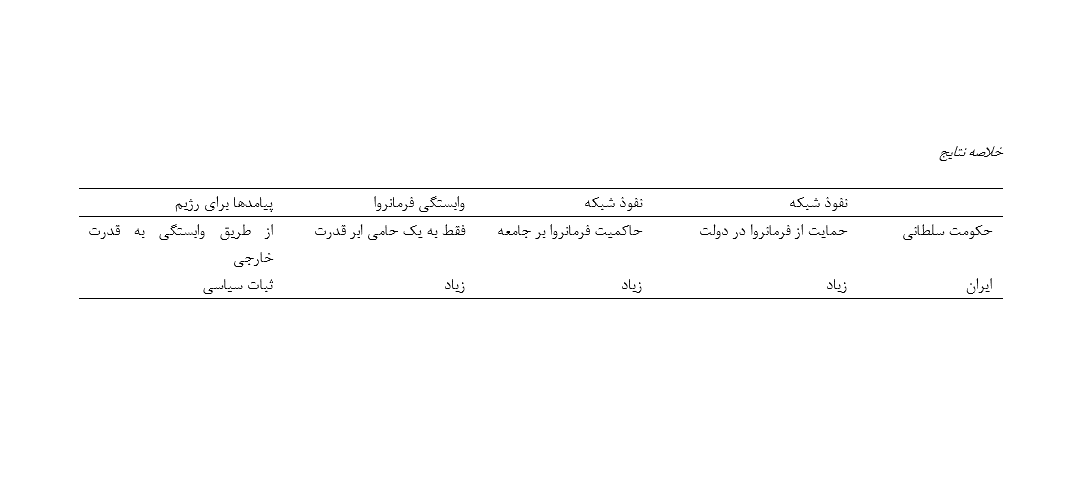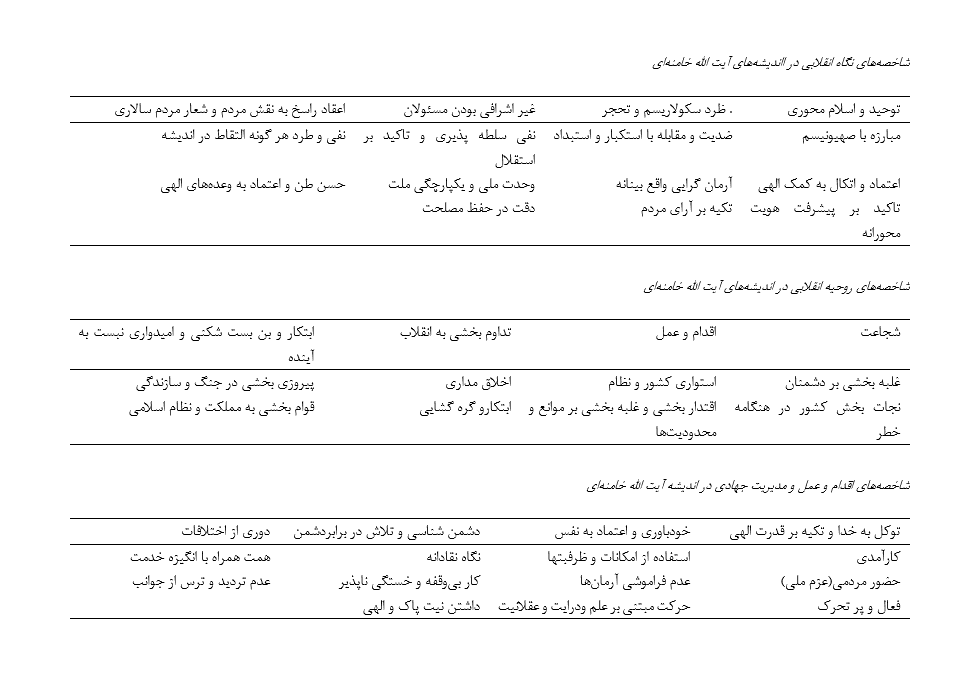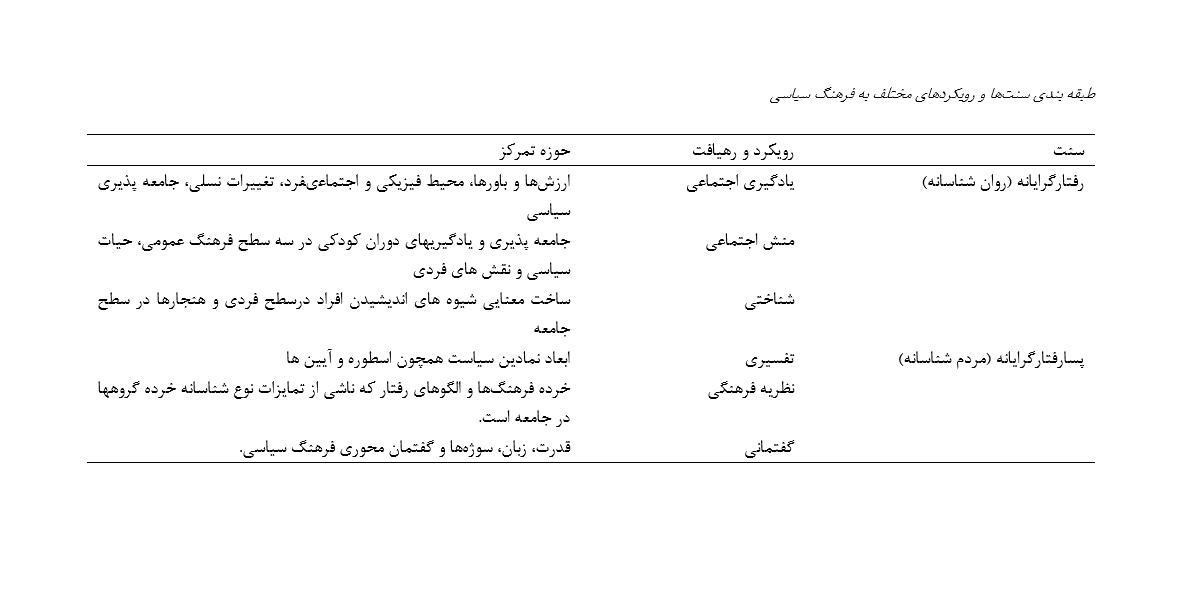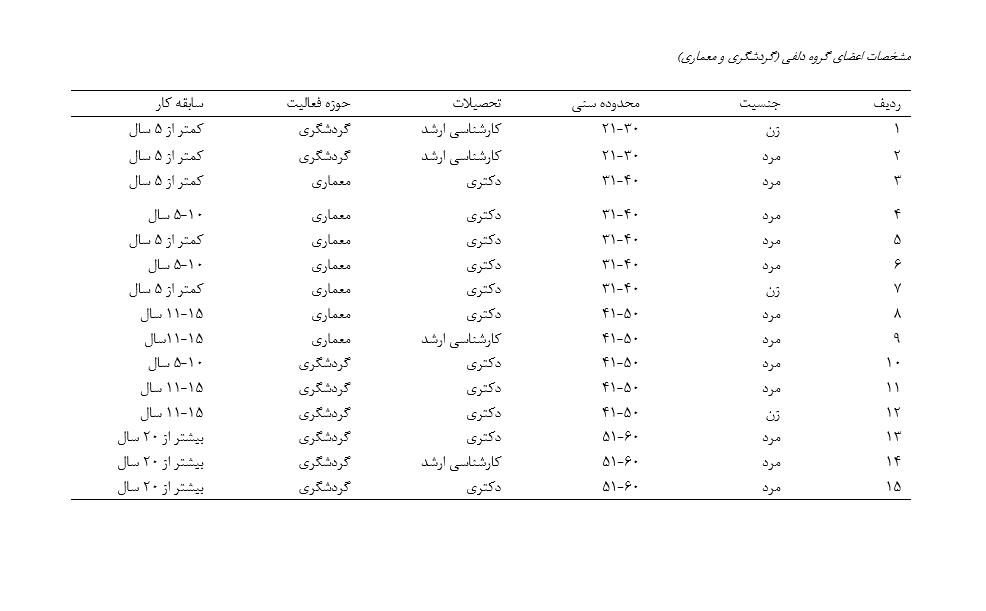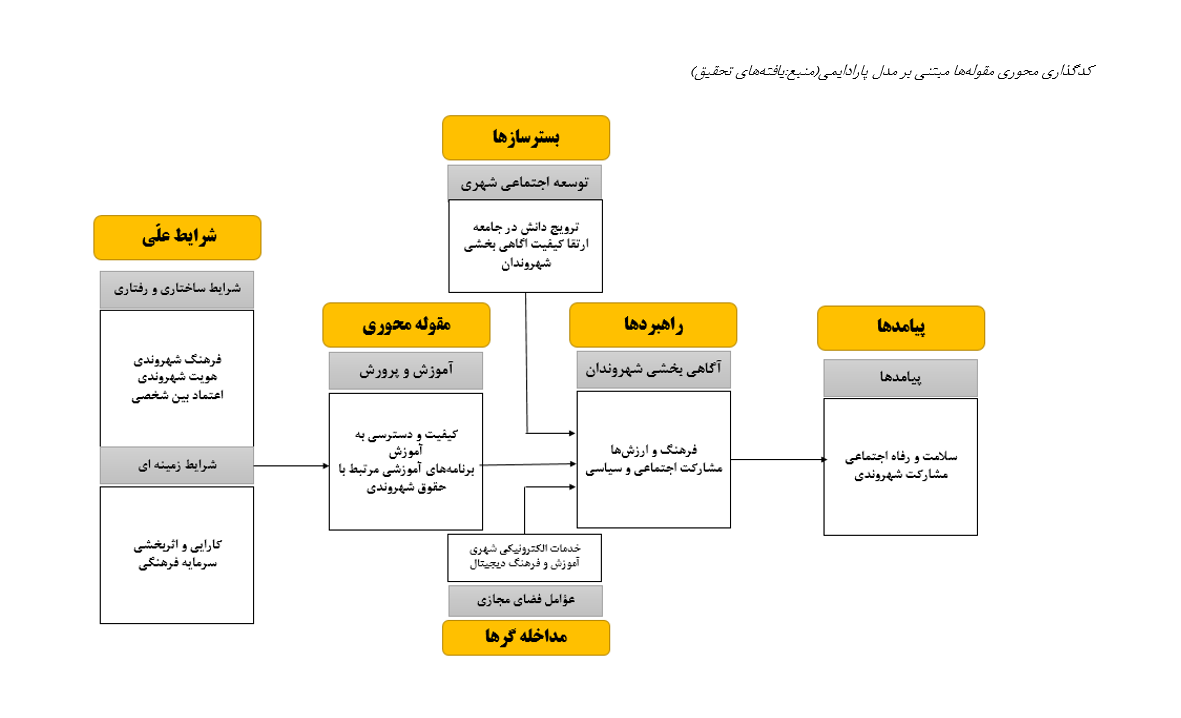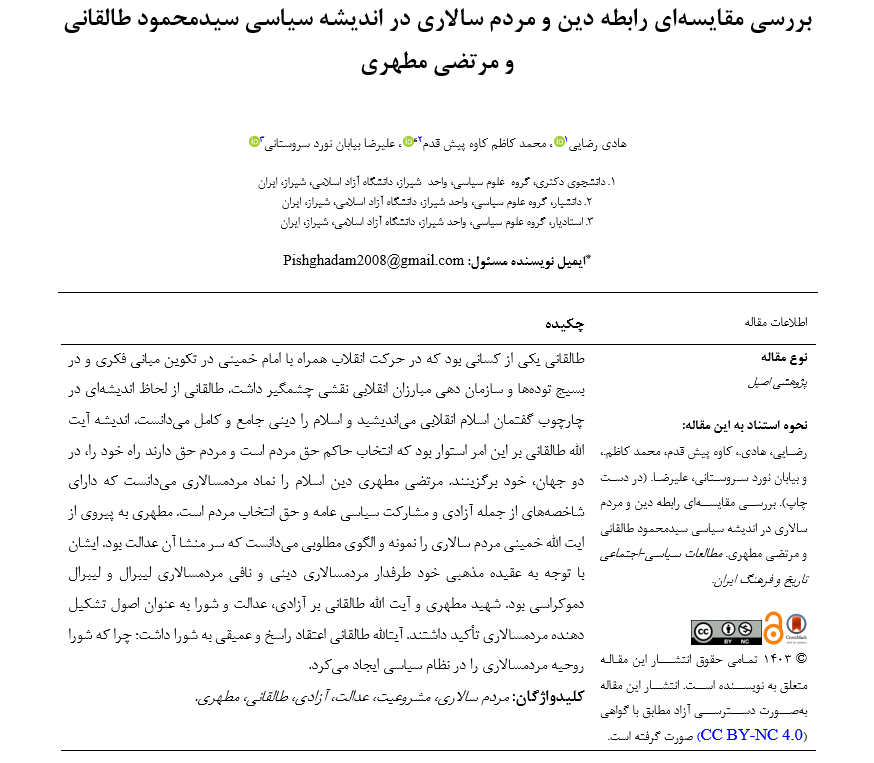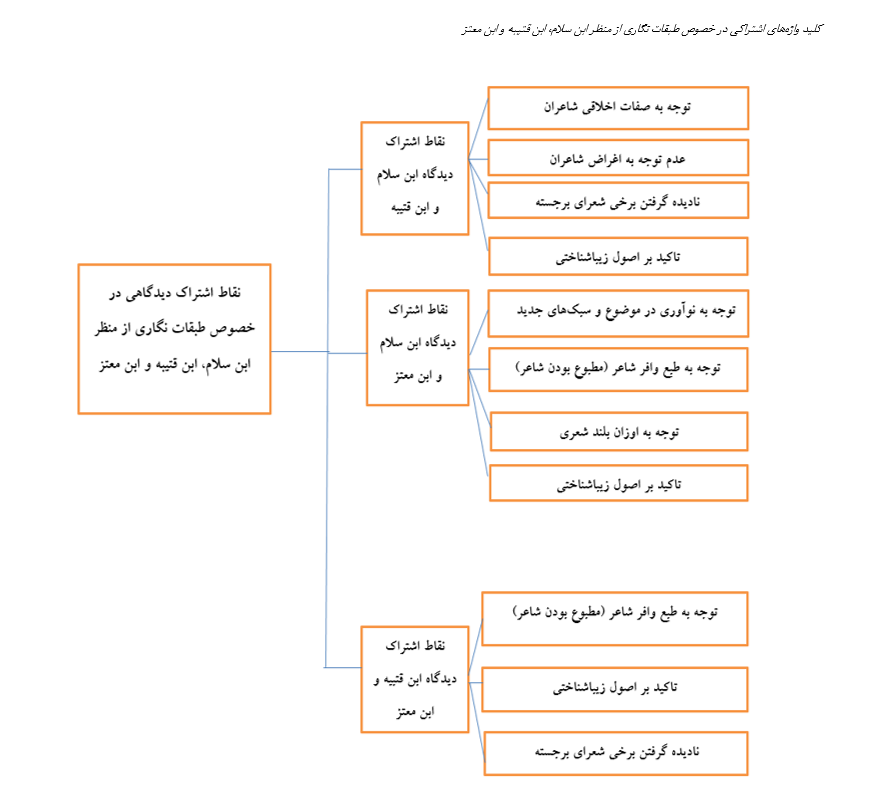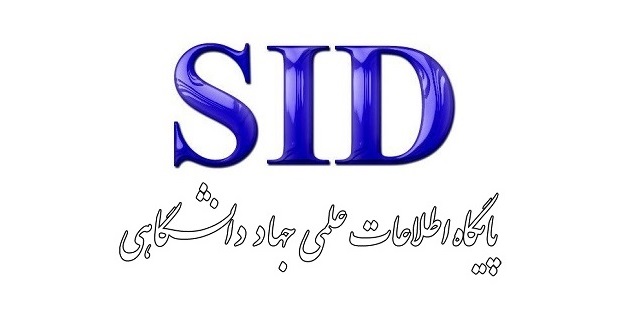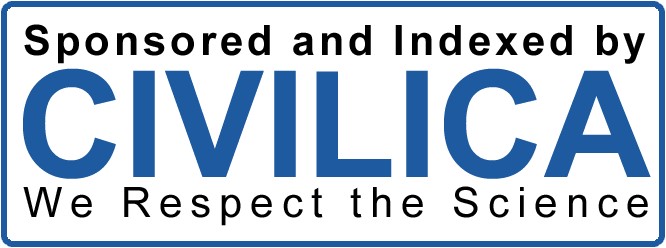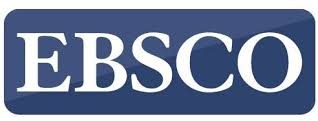A Comparative Study of the Demands of Petitioning Actors in the Rural Society of Kermanshahan during the Constitutional and Reza Shah Eras (1906–1941 CE)
The petition (ʿarīża) is considered one of the important historical documents encompassing multiple social, economic, political, and cultural dimensions, but it holds particular significance in the field of social history. This type of document not only reflects the everyday concerns of the people but also conveys their social perspectives and attitudes toward governments and political–social transformations. In other words, petitions represent the interactions of people with one another and with governing authorities. In the history of Iran, villages have always been among the main centers of petition writing, used as a means to seek justice, remedy grievances, and regulate relations with authorities and other communities. This article aims to identify and compare the concerns and issues of the rural society of Kermanshahan during the Constitutional Revolution and the reign of Reza Shah, based on data obtained from petitions of those periods. Employing a qualitative and comparative content analysis approach, the study examines, interprets, and analyzes the available petitions from both eras and seeks to answer the following question: What were the demands of social actors in the rural society of Kermanshahan during these two periods, and how did these demands evolve? The findings reveal that these demands can be analyzed within four main categories—social, political, economic, and cultural—and have fluctuated under the influence of historical transformations and events within the sphere of rural life. During the Constitutional period, political and social demands primarily revolved around security issues and the elimination of oppression, whereas in the Reza Shah era, the rural population’s concerns were more focused on everyday social and economic matters and on how to interact with representatives and officials of the central government.
Economic and Trade Relations between Iran and Syria (2011–2021)
Iran-Syria relations have long been one of the central pillars of Middle Eastern geopolitics. The political and security ties between the two countries, particularly after the outbreak of the Syrian crisis in 2011, became stronger than ever, with Iran providing extensive political, military, and financial support to Damascus. However, despite such close alignment, economic and trade relations have not advanced proportionally. The purpose of this study is to analyze the reasons for this imbalance and examine the trajectory of Iran-Syria trade between 2011 and 2021. The research employs a descriptive-analytical method based on statistical data, official documents, and reliable sources. Findings indicate that Iran’s exports to Syria during this period mainly consisted of industrial parts, pharmaceuticals, and food products, while imports were limited to goods such as phosphates and agricultural products. These trends were shaped by banking challenges, transport limitations, international sanctions, and the weak knowledge of Syrian market opportunities among Iranian economic actors. Regional competition also demonstrated that countries such as Turkey, China, and the United Arab Emirates have secured larger market shares in Syria and won major reconstruction contracts. Consequently, Iran, despite its extensive political and security investments, has gained fewer economic benefits. The article concludes by proposing key strategies such as establishing a joint bank, developing direct transport lines, strengthening exports of engineering services, and focusing on long-term investments as essential prerequisites for enhancing Iran-Syria economic cooperation.
A Comparative Study of Iran's Foreign Policy Toward Russia During the Pahlavi II Era and the Islamic Republic
Iran's foreign policy toward Russia throughout the twentieth and twenty-first centuries has undergone fundamental shifts rooted in political regime changes, structural transformations in the international system, and the ideological orientation of political elites. This study aims to comparatively analyze Iran’s foreign policy toward Russia during the Pahlavi II era and the Islamic Republic. Using the theoretical framework of realism, the research examines key components such as perceptions of national interests, the nature of economic and military relations, identity-based understandings of Russia, and the role of great powers in regional balance. The findings indicate that, despite some similarities—such as cautious engagement with Russia and using it as a counterweight to the West—there are essential differences in how Russia is perceived, the degree of mutual trust, the depth of cooperation, and how national interests are defined. During the Pahlavi II era, Iran's foreign policy was pro-Western and development-oriented, viewing Russia as a geopolitical threat. In contrast, under the Islamic Republic, Russia has been treated as a tactical partner in countering Western unilateralism. Nonetheless, in neither period did the relationship evolve into a strategic alliance, remaining instead governed by structural constraints and power calculations. The overall conclusion underscores that Iran’s foreign policy toward Russia in both periods has been shaped more by realist logic and national interests than by lasting ideological or value-based alliances.
The Political Education Model in the Intellectual System of the Supreme Leader
This study aims to explain the model of political education in the thought of the Supreme Leader, Ayatollah Khamenei, through qualitative content analysis of his statements. The research method is based on inductive coding and the extraction of foundational themes from his speeches and perspectives during the period from 1984 to 2016. The findings indicate that the political education model in his intellectual system is founded on six major pillars: (1) justice-centeredness and the integration of ethics and law as a paradigm of governance, (2) comprehensive rational–spiritual education in contrast to secular models, (3) the responsibility of government in providing public education as a tool of resistance against globalization, (4) the family as a micro-state of education centered on the role of parents, (5) resistance discourse as an identity-building force against hegemonic powers, and (6) spiritual education to prepare society for the era of the reappearance. This model, by redefining the boundaries of politics and ethics, considers the state responsible for the moral perfection of citizens and the institutionalization of an “Islamic–revolutionary identity.” Emphasis on religious meritocracy, the priority of justice over liberal freedom, and the transformation of values into political norms distinguish this theory from secular models. The research concludes that this intellectual system not only provides a framework for “religious governance,” but also presents social engineering based on Shiʿi teachings as an alternative to liberal modernity. This model raises significant theoretical questions regarding the possibility of reconciling value stability with innovation in post-revolutionary societies.
The Ghurids and the Expansion of Islam in India: A Study of Political and Cultural Transformations
The Ghurid dynasty, as one of the Persianate and influential dynasties of the Islamic world, played a fundamental role in the political and cultural transformations of the Indian subcontinent through the expansion of its realm from Ghor to Khorasan and then to India. Using a historical and descriptive–analytical method, this study examines the role of the Ghurids in the spread of Islam in India and the cultural consequences of their domination. The findings indicate that, despite the brevity of the Ghurid rule in India, they left enduring impacts; among them were the promotion of Persian as the official administrative language, the expansion of religious and educational institutions such as madrasas, mosques, and khanqahs, and the transfer of cultural traditions from the Ghaznavid court to new territories. Securing legitimacy from the Abbasid caliphate and cooperating with Sufi orders such as the Chishtiyya and the Suhrawardiyya played an important role in consolidating the position of the Ghurids in India. While confronting rivals, this dynasty established Islamic social and administrative structures and paved the way for the emergence of the first stable Islamic states in the subcontinent. On this basis, the Ghurids should be regarded as one of the key agents in the establishment and expansion of Islamic civilization in medieval India.
Anthropological Analysis of Traditional Clothing of the People of Ilam City
Familiarity with the culture and inherited heritage of a nation requires the examination, study, understanding, and interpretation of the relationships between the foundations, phenomena, and social manifestations existing within that society. One of the most valuable representations of a society’s cultural life is its clothing and the type of attire worn by its people. The aim of this study is to identify the factors that, over time, have influenced the traditional clothing of the people of Ilam. In this regard, the research draws upon the functionalist school, Malinowski’s theory of needs, Tylor’s theory of survivals, and the diffusionist school. The research methodology includes case study, fieldwork, and interviews. It is noteworthy that the current form of headwear and body clothing among the people of Ilam, as explained in this article, has been influenced by several key factors: the passage of time and political changes; the social activities of men and women; ethnic identity; climatic and geographical conditions; livelihood patterns; cultural and religious beliefs of the community; the functional role of each clothing component; and the social status of individuals.
Qualitative Analysis of the Political and Sociological Factors of Convergence and Divergence among the Baloch Ethnic Group
The present study aims to identify the sociological factors contributing to convergence and divergence among the Baloch ethnic group. In terms of purpose, this research is applied, and in terms of methodology, it belongs to the category of qualitative methods. The data collection instrument was structured interviews conducted with experts. The statistical population consisted of specialists and scholars in political science and sociology. Using the Delphi method and based on theoretical saturation, 15 experts were selected for interviews. For data analysis, qualitative analysis and interview coding were conducted using MAXQDA software. The findings of the study regarding the sociological factors of convergence and divergence among the Baloch ethnic group led to the identification of 50 concepts through open coding, 17 axial categories and sub-components through axial coding, and 2 selective categories and main components through selective coding. Based on the coding results, eight key factors were identified as the most important drivers of convergence among the Baloch in southeastern Iran: (1) equitable developmental policies by the government in Balochistan, (2) political participation of the Baloch ethnic group, (3) security and political stability in Balochistan, (4) religious and identity-based commonalities of the Baloch with other ethnic groups, (5) the role of media and education in Baloch ethnic integration, (6) Baloch interethnic relations and interethnic marriages, (7) border trade in Balochistan and the creation of job opportunities, and (8) the positive role of Baloch elites. Furthermore, nine primary factors were identified as the main contributors to divergence among the Baloch in the southeastern region of the country: (1) systematic discrimination and inequality in Balochistan, (2) opposition groups in Balochistan, (3) poverty and deprivation in Sistan and Balochistan Province, (4) smuggling and the informal economy in Balochistan, (5) linguistic, ethnic, and cultural conflicts, (6) religious differences, (7) Baloch traditionalism versus urbanization and identity change, (8) the negative influence of foreign actors on the Baloch ethnic group, and (9) the rise of extremist Baloch nationalism.
The Evolution of the Concept of Women’s Social Identity in the Thought of Contemporary Muslim Thinkers
The present study was conducted with the aim of understanding the evolution of the concept of women's social identity in the thought of contemporary Muslim thinkers. The significance of this topic stems from the fact that female identity in Islamic societies has consistently been a contested domain among diverse interpretations of religion, tradition, and modernity, with its reflections influencing the social, cultural, and legal policymaking in Muslim societies. The research method is qualitative and based on the grounded theory strategy, which, inspired by the social actors’ approach, has engaged in content analysis of scholarly texts related to the views of contemporary Muslim thinkers. Sampling was carried out theoretically and continued until theoretical saturation was achieved. Data were collected through library studies and in-depth semi-structured text analysis, and analyzed using the three-stage coding model: open, axial, and selective coding. In this process, key concepts, relevant categories, and the relationships among them were identified and organized to formulate the final theoretical framework. To ensure the reliability of the coding, the intra-subject agreement method between two coders was employed. The findings of the research indicate that the evolution of the concept of women's social identity has emerged through the interaction of causal, contextual, and intervening factors and conceptual strategies in the thought of contemporary Muslim thinkers, and has been reflected in theoretical and social outcomes. This study, by providing an in-depth analysis of diverse perspectives on Muslim women, paves the way for designing indigenous and religious models aimed at women's empowerment and enhancing their social participation.

About the Journal
The Journal of Social-Political Studies of Iran's Culture and History is published to enhance the academic and specialized level of the community and to introduce the scientific and research activities and investigative articles of faculty members, researchers, and scholars.
Objectives: Efforts and collaboration to develop political and social research in the contemporary history of Iran; commitment to establishing research areas and political and social studies in the contemporary history of Iran; creating convergence between political sciences and social sciences as fields of humanities.
Scope: Publication of scientific articles on various political and social aspects of the lives of the people of Iran throughout its contemporary history, with an emphasis on the following areas: theoretical and methodological discussions in the field of political and social studies; social and political strata and classes; social and political beliefs; social policies and political communities; social and political institutions; comparative studies of political and social fields of Iran and other countries; livelihood and daily life; population and migration; natural disasters; diseases; health and medicine; rural and urbanization; customs and traditions; pastoral and nomadic life; and other specific areas of research in political and social studies.
Current Issue
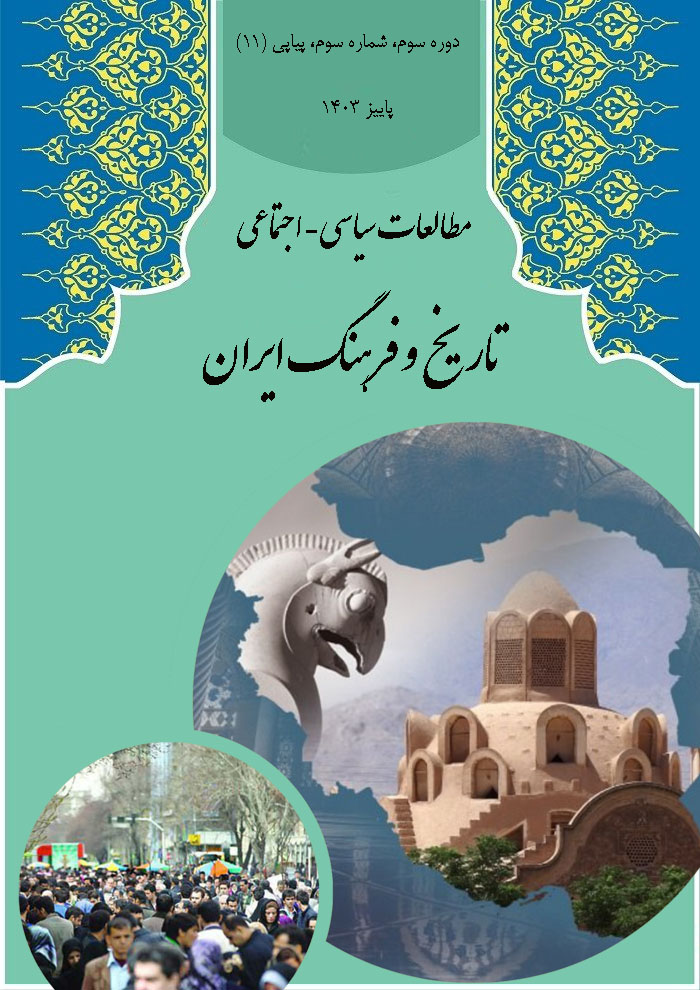
Research
-
The Role of Virtual Space in Political Activism and Electoral Participation of 1990s Youth: An Analysis of Changing Patterns of Political and Social Participation
Shahin Golafshannia ; Mohammad Ali Khosravi * ; Seyed Ali Mortazavian , Ahmad Bakhshayeshi Ardestani1-13
